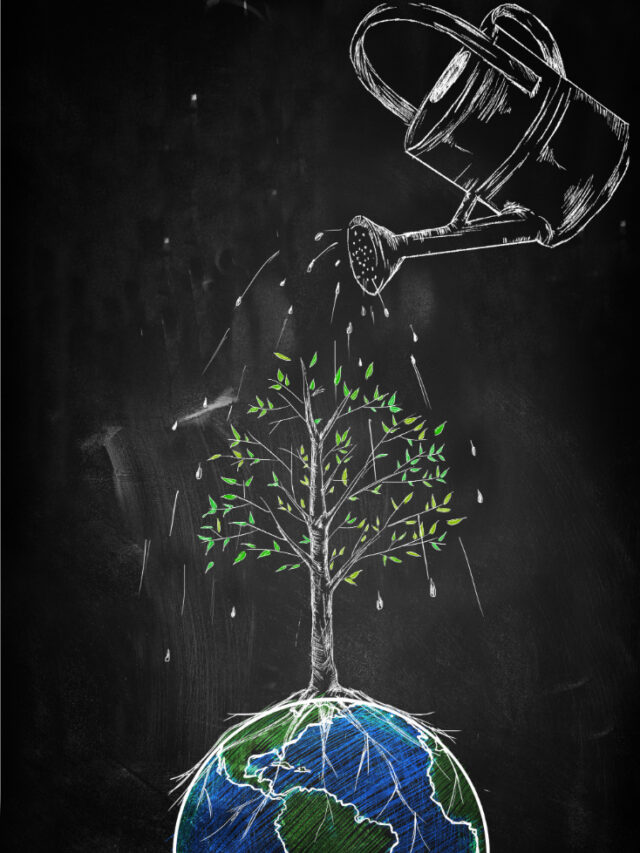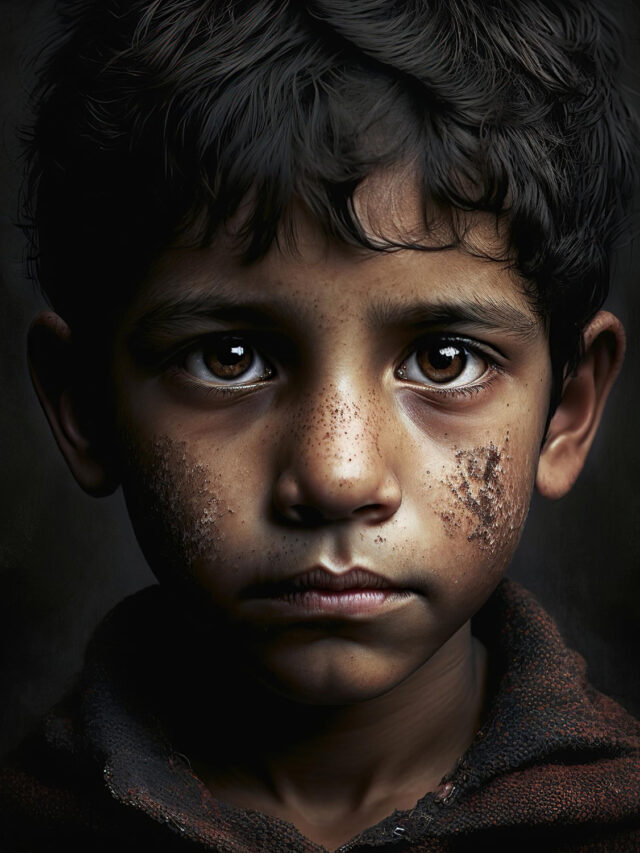HIGHLIGHTS
- The concept of graphic design dates back to the prehistoric era.
- Advancements in 3D printing are bridging the gap between the digital and physical worlds.
- Graphic design is the soul of branding.
In today’s fast-paced and highly visual world, businesses are increasingly reliant on a strong online presence to flourish. With websites and digital media serving as essential tools for boosting visibility, the role of graphic designers has become necessary in conveying compelling messages and captivating audiences.
Moreover, the graphic design profession is undergoing a significant transformation, with an increasing number of designers opting for freelancing. Additionally, as mobile usage continues to soar, the integration of graphic design tools into smartphones is an exciting possibility. In this blog, we will explore the future of graphic design, delving into emerging trends and predictions that are shaping the industry’s dynamic landscape.
The Visual Revolution:
In an era dominated by visual content, the demand for skilled graphic designers has skyrocketed. From social media posts to website banners and marketing materials, captivating visual design plays a crucial role in leaving a lasting impression on audiences. As businesses compete for attention in a crowded digital space, the ability of graphic designers to create visually appealing and engaging content becomes paramount.
Did you know that the concept of graphic design dates back to the prehistoric era when humans communicated through cave paintings and rock art? These early forms of visual communication laid the foundation for the art of graphic design we cherish today.
Motion Graphics: Breathing Life into Design:
Static images are giving way to dynamic and interactive motion graphics, ushering in a new era of visual storytelling. Motion graphics combine animation, audio, and visual elements to create captivating narratives that resonate with viewers. By adding movement and interactivity to their designs, graphic designers can enhance user experiences and make digital content more memorable and immersive.
Abstract Renaissance:
Breaking free from traditional design constraints, graphic designers are embracing bold abstract shapes and forms. These unconventional visual elements not only catch the eye but also spark curiosity and intrigue. The abstract design allows for greater artistic expression, enabling designers to create unique and thought-provoking compositions that stand out in a sea of visual clutter.
AI and the Artistic Frontier:
Artificial Intelligence has permeated various industries, including graphic design. AI-generated art is blurring the lines between human creativity and machine learning. By leveraging AI-powered tools, designers can explore new horizons, experiment with innovative design possibilities, and produce art that challenges conventional norms.
The Three-Dimensional Canvas:
With the integration of 3D elements, graphic design is stepping into a realm of depth and dimensionality. Three-dimensional designs breathe life into flat graphics, adding texture, realism, and visual interest. From product visualizations to immersive virtual experiences, 3D elements open up a world of possibilities for creative expression.
Maximizing Minimalism:
In an age of information overload, minimalist design is gaining traction as an effective communication tool. Stripping away excess elements, minimalist designs convey messages with simplicity and elegance. By focusing on essential elements, graphic designers can create clean, visually pleasing designs that deliver a powerful and memorable impact.
The Inclusive Imagination:
Diversity and inclusion have rightfully become focal points in contemporary design. Graphic designers are embracing the responsibility of creating visuals that authentically represent diverse communities. By incorporating inclusive elements, designers ensure that their work resonates with a broader and more varied audience.
Surrealism Unleashed:
Surrealist maximalism challenges traditional design boundaries, encouraging designers to unleash their imagination and create visually arresting compositions. By blending reality with the fantastical, these designs capture attention, evoke emotions, and inspire viewers to ponder deeper meanings.
Chromatic Nostalgia:
Retro illustrations with a colorful twist tap into the nostalgia of bygone eras. Vibrant and lively color schemes evoke warm feelings of familiarity, breathing new life into modern designs. Graphic designers are leveraging retro aesthetics to evoke a sense of timelessness and charm in contemporary works.
Design Materialized:
Advancements in 3D printing are bridging the gap between the digital and physical worlds. Graphic designers can now materialize their digital masterpieces into tangible objects and artworks. This exciting development opens up opportunities for novel applications in various industries, from product design to art installations.
Adam Kleinberg's Perspective:
Marketing expert Adam Kleinberg once stated, “Graphic design is the soul of branding.” This sentiment holds true as businesses recognize the profound impact of visual storytelling on brand identity and customer engagement. Graphic designers possess the unique ability to infuse brands with personality and meaning, establishing lasting connections with consumers.
The future of graphic design is a dynamic and ever-evolving landscape. With motion graphics, AI-generated art, and 3D printing pushing the boundaries of creativity, graphic designers are at the forefront of a visual revolution. Embracing abstract shapes, inclusivity, and surreal maximalism, they weave narratives that inspire and leave an indelible mark on society. As the world becomes increasingly visually oriented, the future of graphic design holds endless promise, empowering designers to shape narratives that impact audiences on a global scale.








